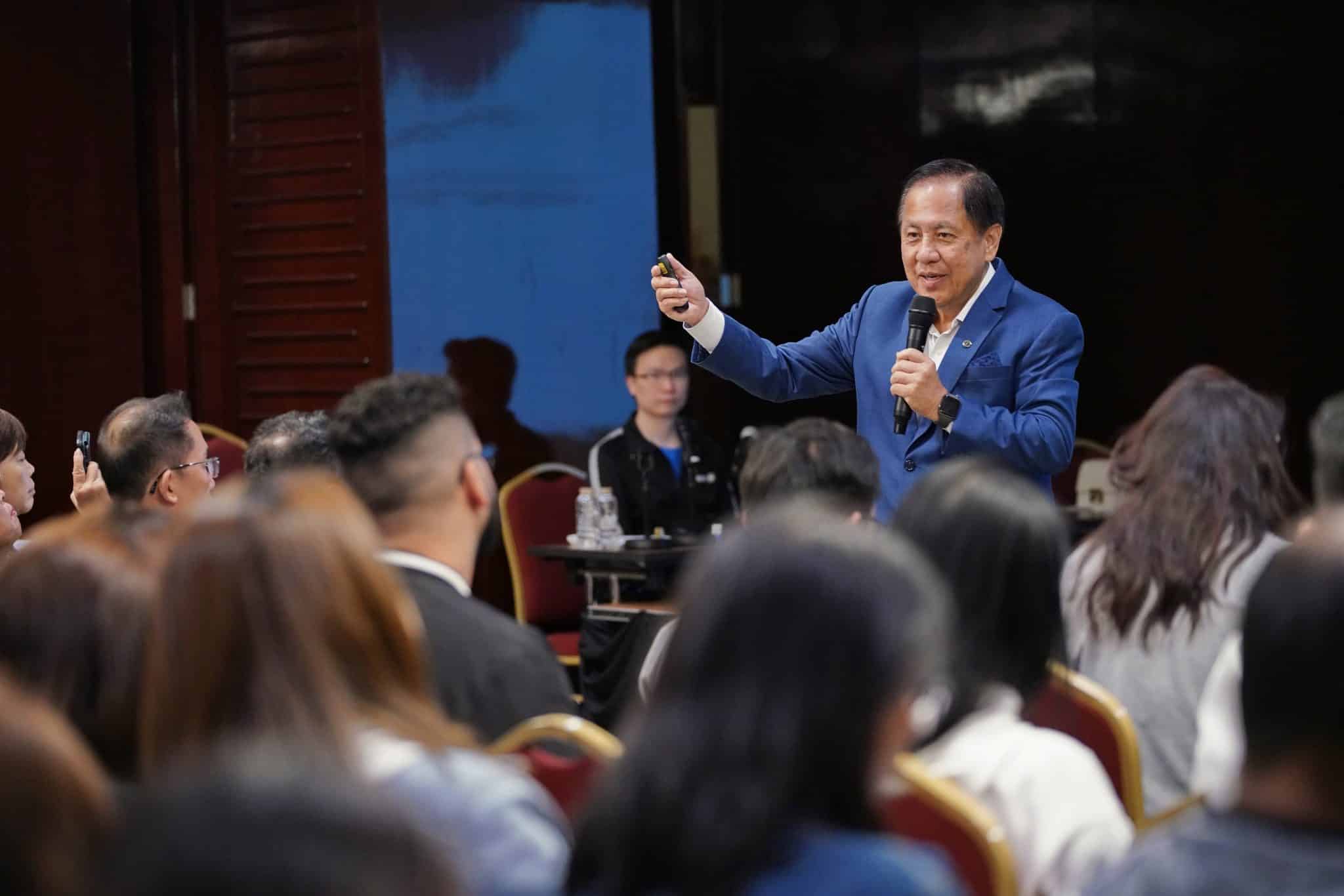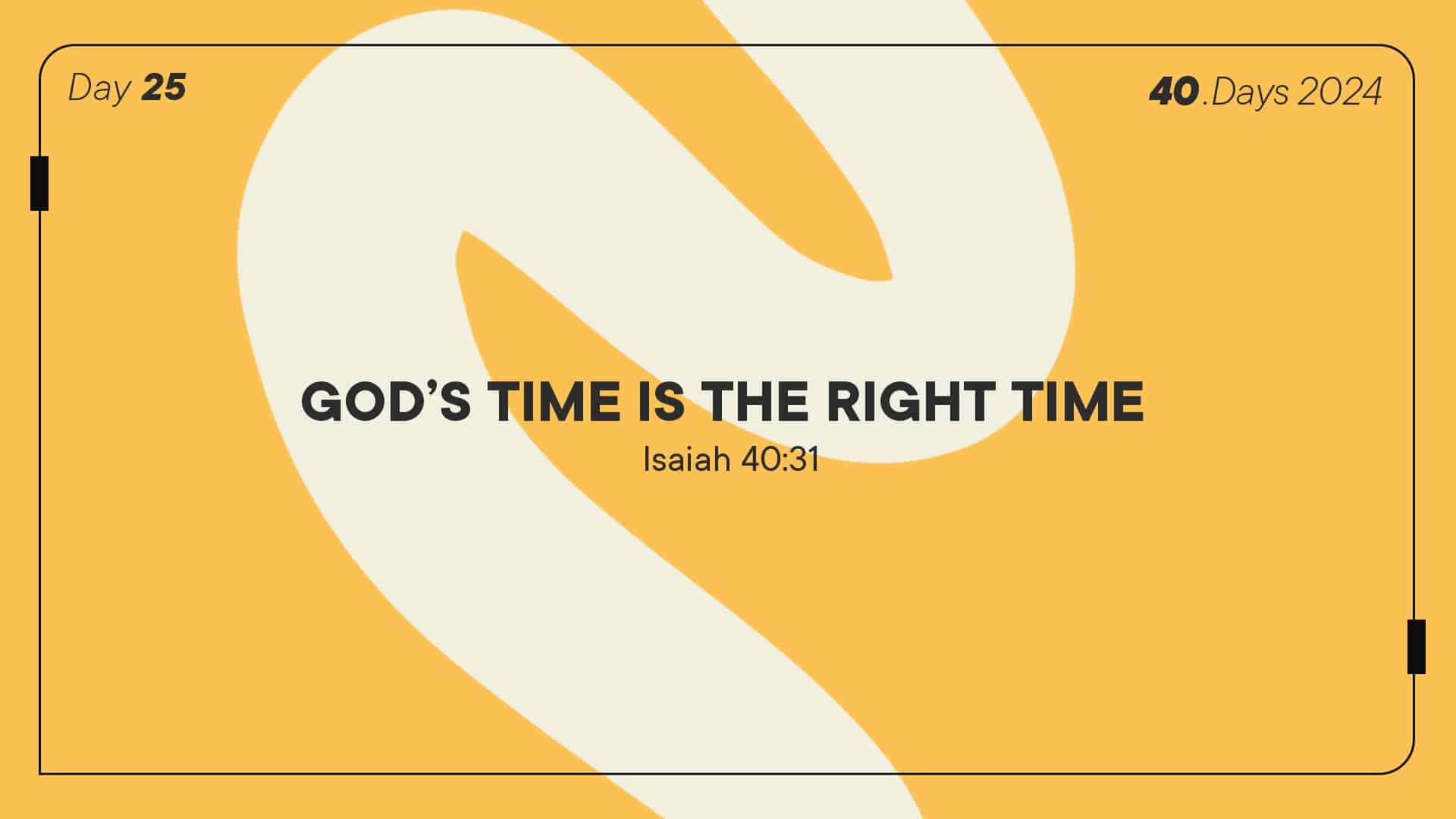125-year-old hymnal in unearthed time capsule hints at crucial role of worship among early Christians
Peck Sim // February 16, 2024, 8:38 pm

Rev Dr Gregory Goh (extreme left) examining the Chinese Bible with Prof Tan Chew Lim, Lay Leader of Telok Ayer Chinese Methodist Church (TACMC) (extreme right), Rev Edmund Koh, Pastor-in-Charge of TACMC (front centre) and Mr Tan Hua Joo, LCEC Chairman (back). Photo by The Methodist Church in Singapore.
Could a 125-year-old Chinese hymnal give clues to how illiterate Christians in Singapore absorbed the Bible over a century ago?
Rev Dr Gregory Goh, President of the Chinese Annual Conference of The Methodist Church in Singapore (MCS) believes it very well could.
When a 100-year-old time capsule was carefully opened on February 14 after some six hours of extraction from the concrete walls of Telok Ayer Chinese Methodist Church, one of the items unearthed was a fragile hymnal printed in 1919 in Foochow, China.
The pocket-sized hymnal consisted of 409 hymns in Chinese. As was the custom of the time, the hymnal did not carry music notes, only lyrics.
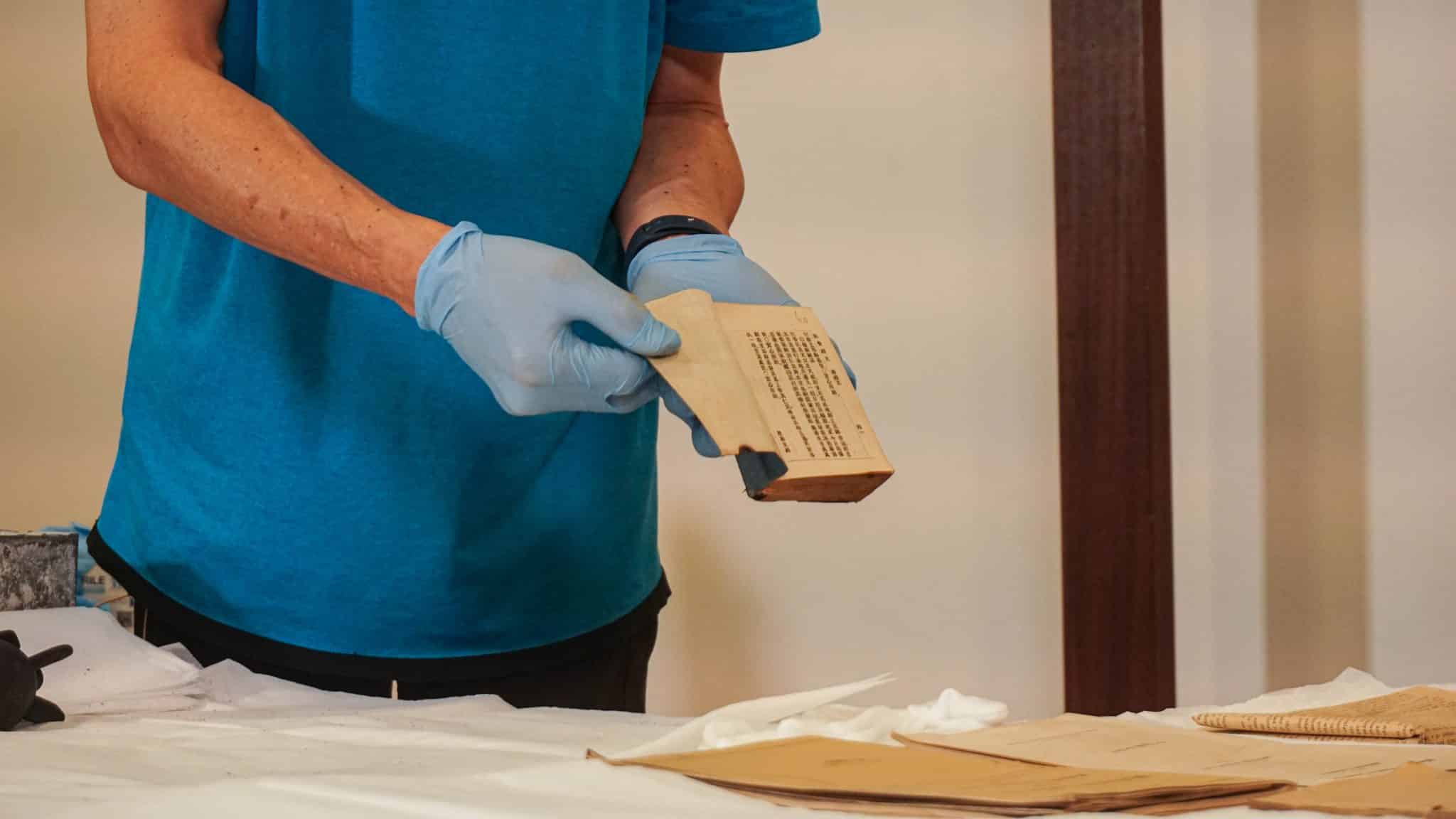
The 125-year-old hymnal provides proof that worship was an integral part of Christian life in Singapore over a century ago. Photo by the Methodist Church in Singapore.
“To my knowledge, dialect churches of the time such as Telok Ayer Chinese Methodist would have had many illiterate worshippers,” Rev Goh told Salt&Light. “Pastors would sing the hymnal lyrics, based on Scripture, word by word. And the worshipper would follow along by pointing to each word in his own pocket hymnal. In this way, he would memorise and learn the hymns which were sung week after week. Music also made the hymns easier to remember.
“Dialect churches of the time such as Telok Ayer Chinese Methodist would have had many illiterate worshippers.”
“Even today, when I visit elderly, illiterate Christians, they have the hymns all memorised. You could say: Hymn number xx. And they would recite all the five or seven stanzas by memory!
“This is the impact of hymns in Christian life. So the songs we sing in church are very important.”
Of all the items in the time capsule – including a Chinese Bible printed in Foochow, a Chinese translation of the 1784 version of the Methodist Book of Discipline, and copies of local newspapers circa 1924 – the hymnal “particularly surprised and delighted me”, said Rev Goh, who was able to carefully examine the time capsule items wearing gloves.
“I saw the Bible that was in the time capsule. It was in classical Chinese and not easy to understand. I believe hymns could have shaped the Christian faith even more than Scripture at the time, especially among the illiterate.
“Finding the hymnal in the capsule is proof that the Church in that era placed importance on hymns and worship. After all, they would select only what was important to place in the time capsule.
“It shows that, apart from the Bible and Law, worship and hymn singing every Sunday was an integral part of Christian life. It brings me joy that we are not that different today from 100 years ago. The Church maintains this very important tradition.”
Uncanny discovery
The time capsule was laid over a century ago on January 9, 1924, within the walls of Telok Ayer Chinese Methodist Church during the laying of its foundation stone.
Church members said that for decades there were rumours of a time capsule within its walls. But it was only when members of the church archives committee discovered a news article from The Malayan Saturday Post describing the placement of the time capsule under the church’s foundation stone that steps were taken to locate and extract the capsule.
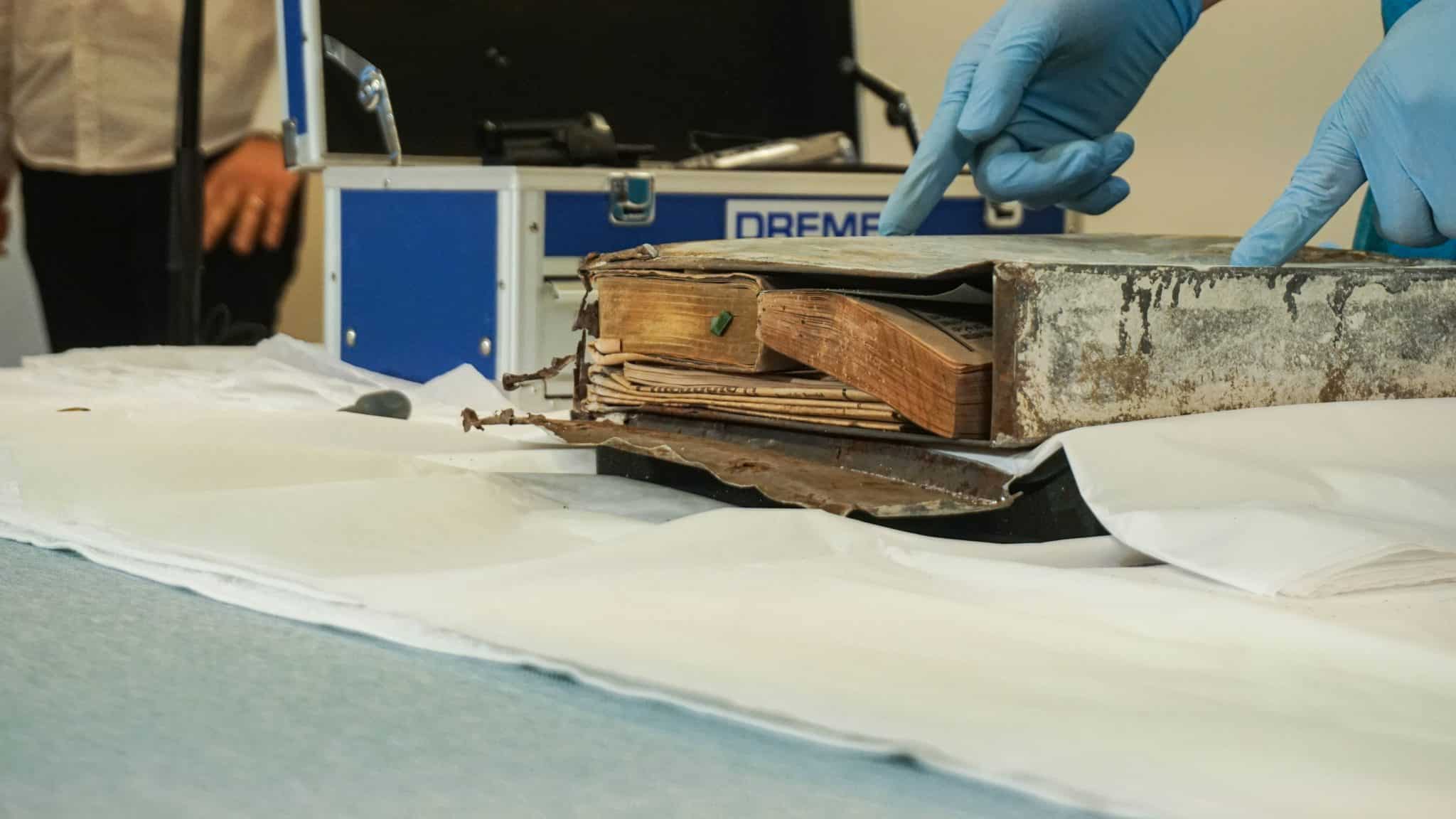
First look at the items within the time capsule. Photo by the Methodist Church in Singapore.
The archives committee had been in the process of curating materials for a heritage gallery to be launched in celebration of the church’s 100th anniversary in 2025 when the article was discovered.
“It is uncanny that the time capsule was only discovered and extracted at the 100-year milestone, given that the restoration works were significantly delayed by the Covid-19 pandemic,” noted The Methodist Message.
Using ultrasound and metal scanning tools, the capsule was detected by the church’s contractor, Topzone E&C Pte Ltd, with advice from architectural heritage consultants MAEK Consulting.
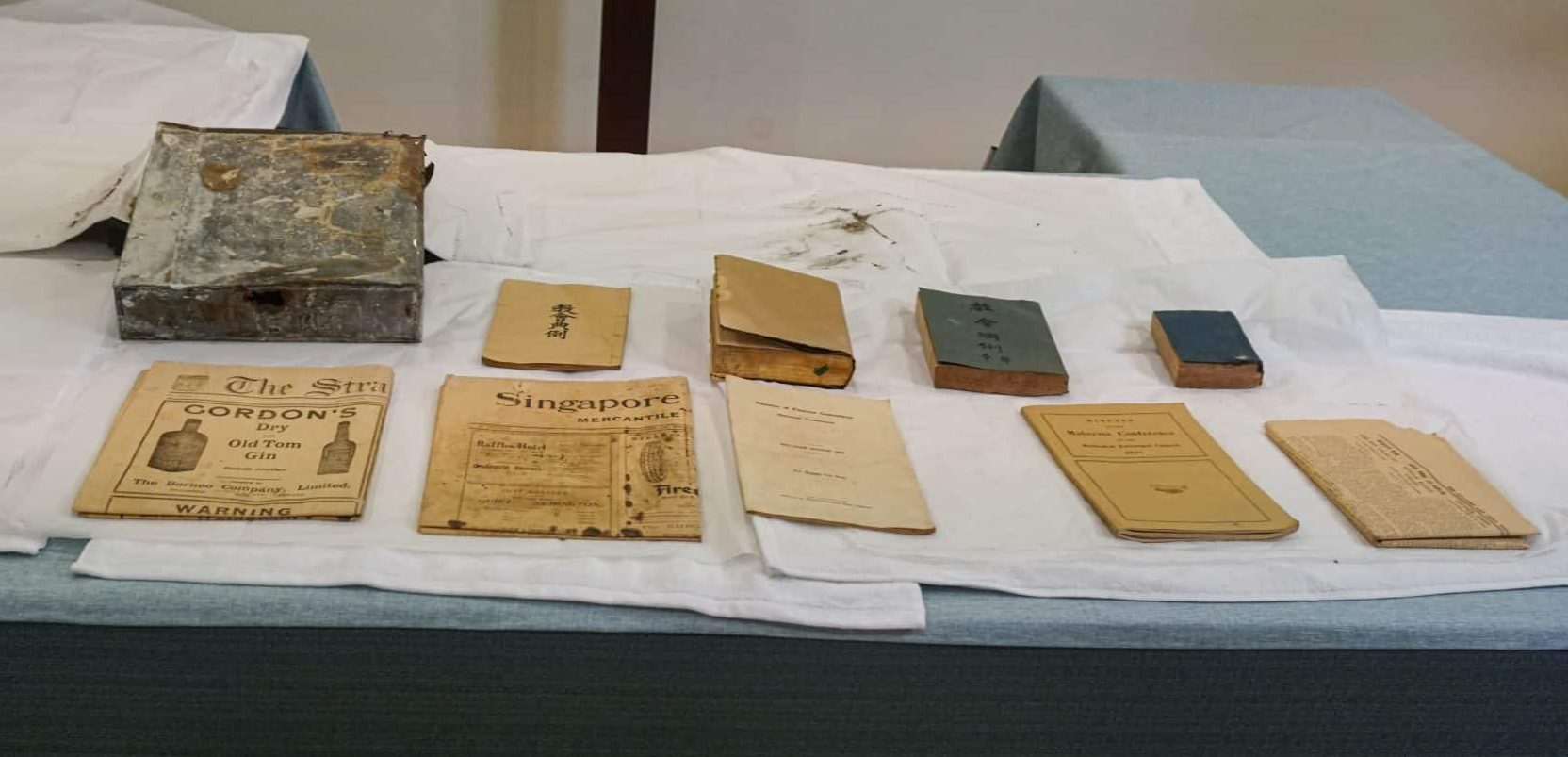
Despite rust and corrosion on the 100-year-old time capsule, its contents were found intact and well preserved. Photo by the Methodist Church in Singapore.
On February 7, the time capsule was successfully extracted in the presence of Rev Dr Gregory Goh, President of the Chinese Annual Conference of The Methodist Church in Singapore, Rev Edmund Koh, Pastor-in-Charge of Telok Ayer Chinese Methodist Church, church leaders and representatives from Preservation of Sites and Monuments, the national authority that advises on the preservation of nationally significant monuments and sites in Singapore.
“More than just hearing stories, one can actually see and feel the physical expression of faith through these artefacts.”
The time capsule – a metal box measuring 300mm by 300mm by 50mm – was corroded by time and rust, but the artefacts were intact and well-preserved.
The capsule rested in a dry box environment before being opened on February 14.
Rev Edmund Koh was struck by the tangible evidence of the faith of the past generations of Methodists.
“More than just hearing stories, one can actually see and feel the physical expression of their faith through these artefacts. The legacy they left for us is an encouragement for us to do the same for those who come after us,” he said.
Mr Goh Yat Teck, 72, who heads the Telok Ayer Chinese Methodist Church centennial celebration committee, told The Straits Times: “I’m very excited, now we have something to display during the church building’s 100-year exhibition.”
The time capsule’s contents will be displayed in the new 2,345 sq ft heritage gallery of Telok Ayer Chinese Methodist Church come January 2025, said Mr Tan Hua Joo, Chairman of the Local Church Executive Committee.
Bishop Dr Gordon Wong of the Methodist Church in Singapore, said in a statement: “The time capsule will connect us to our roots and bring history to life. I believe that what we have discovered will serve to strengthen our understanding of our past and help us to appreciate the rich heritage that we have come from.”
Items found in the time capsule
- A Chinese Bible, presented by the British and Foreign Bible Society, printed in Foochow, China.
- A Chinese translation of the 1784 version of the Methodist Episcopal Church’s Book of Discipline, which includes history and doctrine.
- A 1919 pocket-sized hymnal containing 409 hymns and liturgies.
- Minutes of the Malaysia Conference of the Methodist Episcopal Church, 1923.
- Minutes of the Finance Committee, Malaysia Conference, Mid-Year Session, 1923.
- Copies of local newspapers, The Straits Times, January 8, 1924, and Singapore Free Press, January 9, 1924.
- Booklet which includes the Methodist Episcopal Church’s liturgies for the Sacrament of Holy Communion, Funerals, Weddings, and Order of Worship (part of item 2).
- A handwritten statement in Chinese, documenting the laying of the foundation stone ceremony on January 9, 1924, at 235 Telok Ayer Street, the site of Telok Ayer Chinese Methodist Church.
We are an independent, non-profit organisation that relies on the generosity of our readers, such as yourself, to continue serving the kingdom. Every dollar donated goes directly back into our editorial coverage.
Would you consider partnering with us in our kingdom work by supporting us financially, either as a one-off donation, or a recurring pledge?
Support Salt&Light

